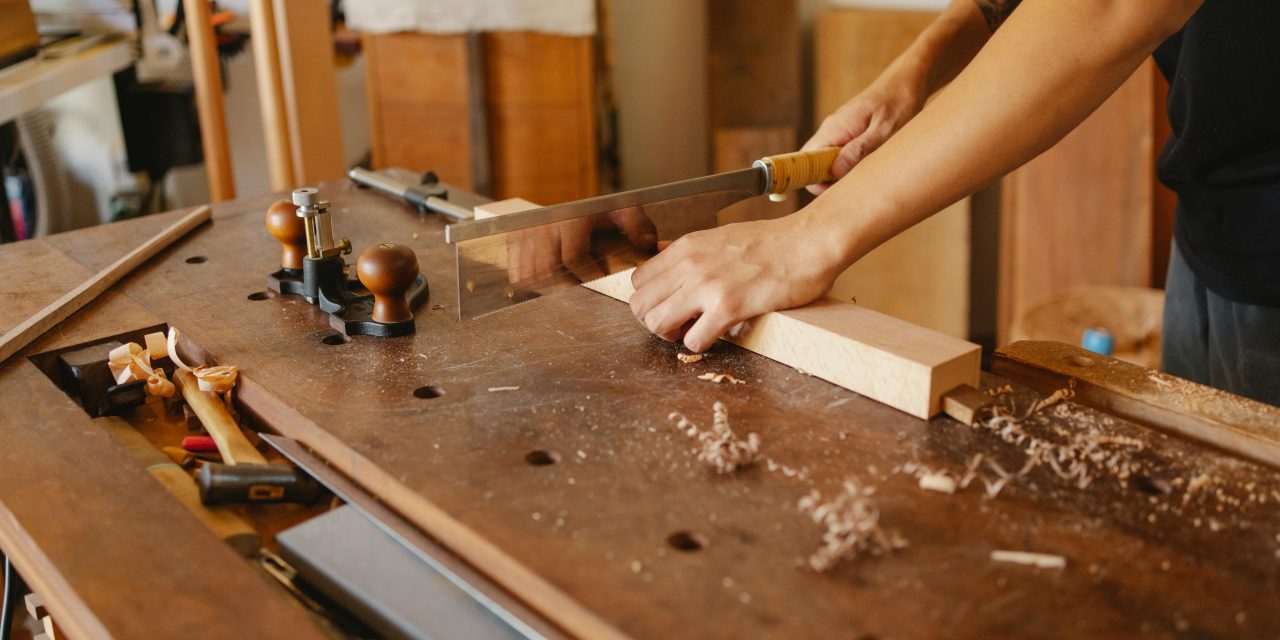Doing projects at home can be really satisfying. Whether it’s putting together a shelf, cutting wood for a garden project, or fixing something that’s been sitting on the to‑do list for ages, the right tools make everything easier. One tool that always comes in handy is a saw. They’re super useful, but they also need to be handled carefully. If you’re new to using them, this guide will help you stay safe and get the job done without stress.
Why Safety Always Comes First
It’s easy to think, “I’ll just cut this quickly, nothing will happen.” But with saws, that’s the wrong approach. They’re sharp and powerful, and a small mistake can turn into a big problem fast. The good news is that staying safe isn’t complicated. Most accidents can be avoided just by slowing down, paying attention, and using the saw the way it’s meant to be used. Once safety becomes a habit, you won’t even have to think about it — it’ll just feel natural.
These days, saws aren’t only for cutting wood. They’re used for garden jobs, trimming branches, or even slicing through plastic pipes. If you’re curious about what’s out there, you can look at different types of saws that fit all sorts of projects. Having the right one makes cutting easier and safer.
Choosing the Saw That Fits the Job
Not all saws are the same, and that’s where beginners often trip up. Grabbing any saw and hoping for the best usually doesn’t end well. Each type is designed for a different job, and using the wrong one can be frustrating and even dangerous.
For smaller cuts, a simple hand saw works fine. Need to cut straight through a thick board? A circular saw is better. Want to make curvy shapes or patterns? That’s where a jigsaw shines. If you’re cutting tree branches, a pruning saw will save you a ton of effort. Choosing the right saw means you won’t have to push or fight with it, which makes the whole job go a lot smoother.
Setting Up the Right Way
Before you even start cutting, make sure your workspace is set up. This step doesn’t take long, and it makes a big difference. First, check that the area is well lit. You want to see exactly what you’re doing. Next, make sure you’re working on something sturdy — a table or a workbench that won’t wobble.
Clamps are also a lifesaver. They hold the wood or material in place so it doesn’t slide around while you’re cutting. If the piece shifts when the saw’s running, it can throw you off balance or cause the blade to slip, which is the last thing you want.
Gear You Should Always Use
Some people skip safety gear because they think it’s not a big deal, but it really is. At the very least, wear safety glasses to keep dust and tiny bits out of your eyes. Gloves are smart too — they protect your hands from splinters and scratches. If you’re using a louder power saw, ear protection is worth it so you don’t end up with ringing ears later.
It’s also better to wear fitted clothes instead of baggy ones. Loose sleeves or drawstrings can get caught, and that’s a risk you don’t want to take.
How to Hold and Use a Saw Safely
The way you hold a saw makes a big difference. With power saws, always use both hands — one for the main handle and one to help guide it. For a hand saw, let one hand do the cutting while the other keeps the wood steady.
The trick is to keep a firm grip without pressing down too hard. Let the saw do the work. If you force it, the blade can slip or the cut can end up crooked. Go at a steady pace, and don’t rush even if you’re almost done. A careful cut is safer and always looks better.
Keep Your Focus
One of the biggest reasons people get hurt with saws is distraction. A buzzing phone, someone talking to you, or even just zoning out can cause trouble. When you’re using a saw, give it your full attention until the cut is done.
It also helps to avoid cutting when you’re really tired or in a rush. You need steady hands and a clear head to stay safe and get a clean cut.
Cleaning Up and Putting the Saw Away
When the job’s finished, don’t just drop the saw and walk away. Take a minute to clean it off so the blade doesn’t get dull or rusty. If it’s a power saw, unplug it or remove the battery before storing it. Always put saws somewhere dry and out of reach of kids or pets.
A sharp, well‑cared‑for saw is easier and safer to use. Dull blades need more force, which makes accidents more likely. A little care now means the tool will last and be ready whenever you need it.
The Main Things to Remember
Using a saw doesn’t have to be scary. With a few simple habits, it can be safe and even fun. Pick the right saw for the job, set up your workspace, wear the right gear, and stay focused while you’re cutting. When you’re done, clean up and put the tool away properly.
If you follow these steps, your projects will turn out better, you’ll avoid accidents, and you’ll get that great feeling of finishing something on your own.

























